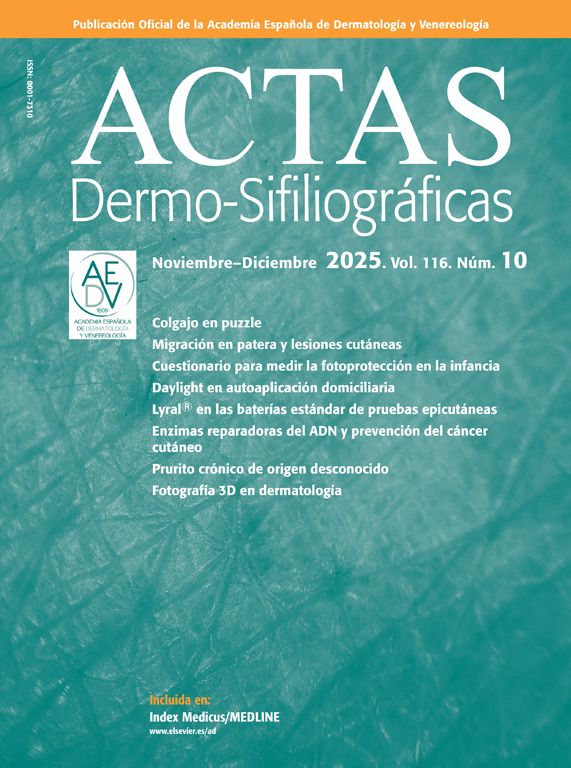The recent editorial in your journal entitled “Zika virus disease: should we be worried?” was very interesting.1 In fact, Zika virus disease is not a new disease. It has been known for a long time but there has never been a worldwide outbreak. The clinical presentation of the disease makes the differential diagnosis difficult and the combination of fever and skin lesions, together with the results of basic laboratory tests, is usually misdiagnosed as dengue fever.2 Due to the rapidly increasing number of cases of Zika virus infection, our greatest concern today is the possible neurological complications and effects of the disease on babies born to infected mothers. Hence, the answer to the question “Should we be worried?” must be “Yes, we should”. However, it is essential to clarify what we should be worried about. In general, the disease is not usually serious and the infection is often asymptomatic.3 In tropical Asia, where Zika virus infection has been present for a long time, no infant abnormalities have been reported. This may indicate that further studies on the exact pathogenesis of the disease in different settings are required. Nevertheless, since the disease can be asymptomatic, the great concern should be rapid and accurate diagnosis of the infection. In the absence of effective diagnostic tools, missed diagnosis is possible, and these silent cases may lead to transmission to others. The present situation appears to be just the tip of the iceberg and underdiagnosis is a likely outcome. Thus, if the infection is associated with long-term complications, it will be a huge problem for everyone.
The Impact Factor measures the average number of citations received in a particular year by papers published in the journal during the two preceding years.
© Clarivate Analytics, Journal Citation Reports 2025
SRJ is a prestige metric based on the idea that not all citations are the same. SJR uses a similar algorithm as the Google page rank; it provides a quantitative and qualitative measure of the journal's impact.
See moreSNIP measures contextual citation impact by wighting citations based on the total number of citations in a subject field.
See more



